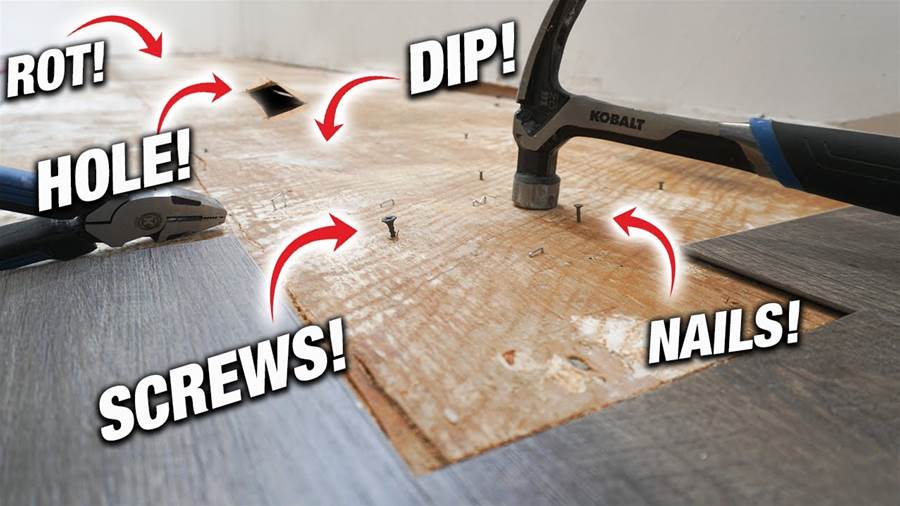

Installing laminate, vinyl plank (LVP), or engineered floors is becoming a popular DIY project for many homeowners. However, there are several common mistakes that beginners make before and during the installation process. In this article, we will discuss these mistakes and provide some tips on how to fix them.
1. Insufficient floor preparation: One of the most common mistakes made is ignoring proper floor preparation. This includes cleaning, leveling, and removing any existing flooring or debris. It is essential to have a clean and level surface to ensure a smooth and durable installation.
2. Lack of acclimation time: Acclimation refers to the process of allowing the flooring materials to adjust to the temperature and humidity of the installation area.
Many beginners skip this step, which can result in the planks expanding or contracting after installation. It is crucial to follow the manufacturer's recommendations for acclimation time.
3. Incorrect spacers: Spacers are crucial for maintaining the correct expansion gap between the flooring and adjacent walls. Beginners often use the wrong size or fail to place them properly. This can lead to buckling or warping of the planks. It is essential to use the correct size spacers and ensure they are evenly distributed along the walls.
4. Poor measurement and cutting: Taking accurate measurements and making precise cuts is essential for a professional-looking installation.
Beginners often rush through this step, resulting in uneven or ill-fitting planks. Taking the time to measure accurately and using a quality cutting tool will help avoid these issues.

5. Improper installation of underlayment: Underlayment provides cushioning, sound absorption, and protection against moisture. Many beginners fail to install it correctly or choose the wrong type for their specific flooring. It is crucial to follow the manufacturer's instructions and choose the appropriate underlayment for your flooring type.
6. Incorrect installation of the first row: The first row sets the foundation for the rest of the installation. Beginners often fail to ensure the first row is straight and properly aligned, leading to crooked or uneven flooring. Taking the time to measure and adjust the first row will help achieve a seamless and professional look.
7. Neglecting expansion gaps: Expansion gaps are necessary to allow the flooring to expand and contract with changes in temperature and humidity. Beginners often forget to leave these gaps, resulting in buckling or warping. It is crucial to follow the manufacturer's instructions on the recommended size of expansion gaps and ensure they are present throughout the installation.
To fix these mistakes, homeowners can take several steps. Firstly, they should thoroughly clean and prepare the floor, ensuring it is level and free from any debris. Secondly, they should allow the flooring materials to acclimate to the installation area for the recommended amount of time. Thirdly, they should use the correct size spacers and evenly distribute them along the walls. Fourthly, they should measure accurately and make precise cuts to ensure a professional-looking installation. Fifthly, they should carefully follow the manufacturer's instructions for installing underlayment and choose the appropriate type for their flooring.
Sixthly, they should take the time to align and straighten the first row of planks. Finally, they should leave the recommended size of expansion gaps throughout the installation to prevent any issues with buckling or warping.
By avoiding these common beginner mistakes and following the recommended tips, homeowners can achieve a successful and professional-looking DIY installation of laminate, vinyl plank, or engineered floors.
